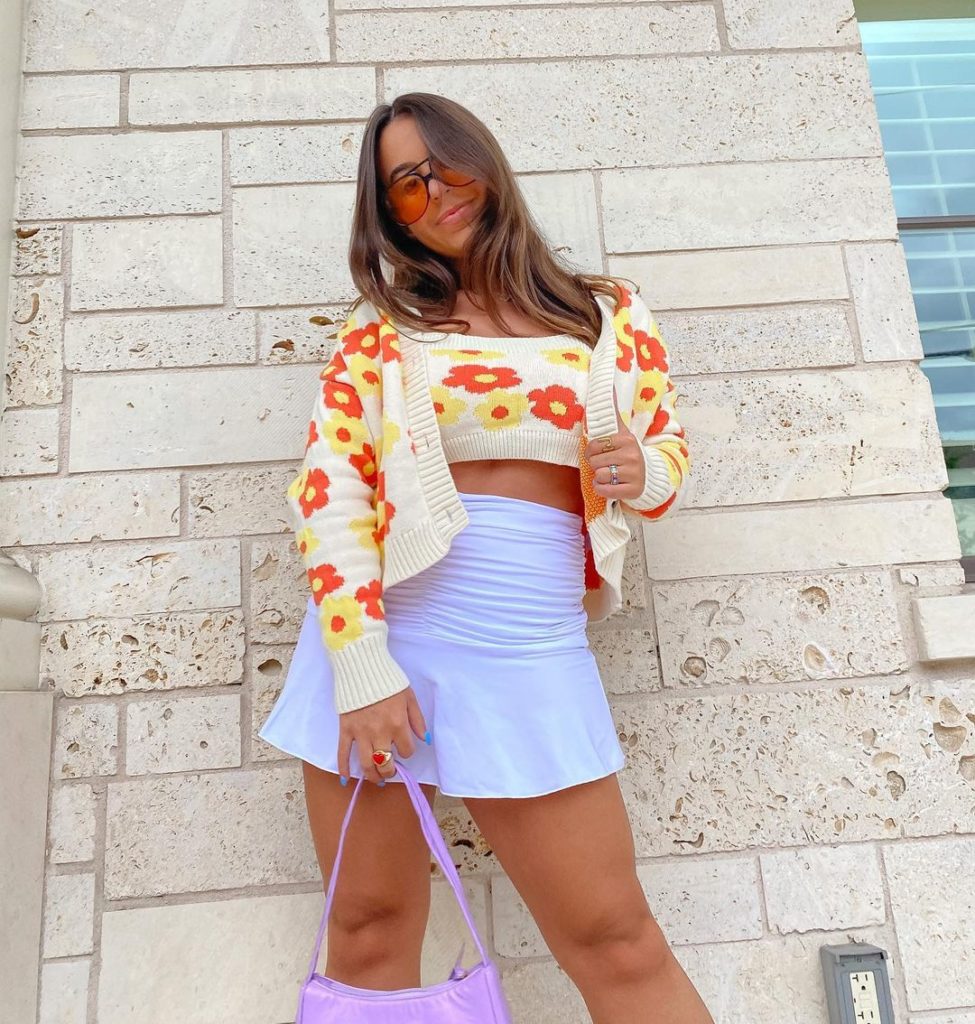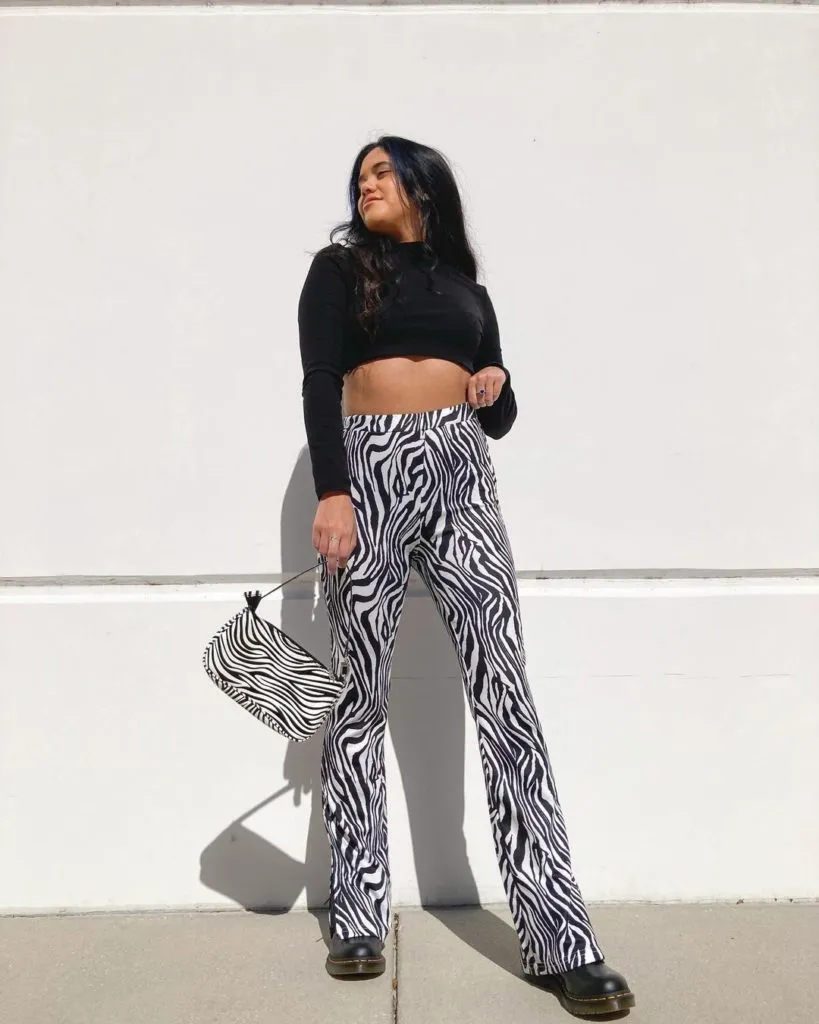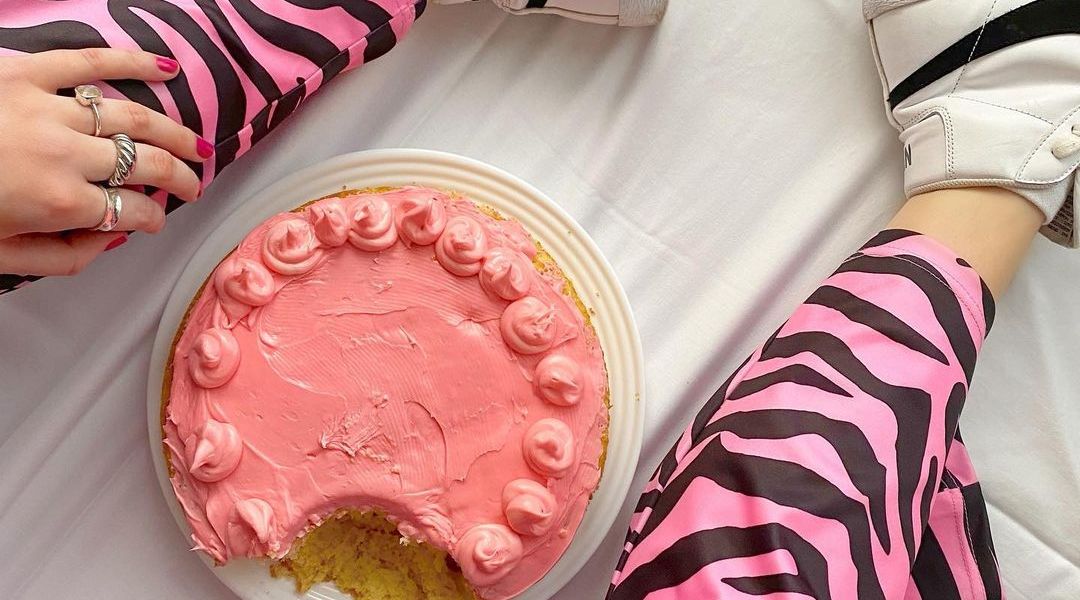Quarantine was a very stressful and suffocating time for all of us. At first, it was really fun and I was so happy to be spending every single minute of the day watching TikTok and learning how to make lavender cookies from scratch. But, all good things must come to an end and by month three of lockdown, I felt like I was going crazy. I became addicted to doing yoga and even bought a Japanese cookbook. However, the worst habit that I picked up was a shopping addiction.
As I was cleaning out my closet last week I realized that I didn’t like most of the clothes that I bought during quarantine. Remember that cute green Hockney dress from House of Sunny? I bought it a few months ago, tried it on recently, and realized it didn’t flatter me or my body type. As I stood there looking at myself in my ill-fitting and expensive dress, I realized that I was facing the dilemma of sustainable fashion buyers. The rise of fast fashion pushes consumers to buy things as soon as it becomes popular and enforces the idea that you can never buy too many clothes.

When I became aware of how unethical the fashion industry was I pledged to be a sustainable and ethical buyer. The rise of microtrends throughout quarantine made being an ethical and smart buyer very difficult because there was a new fashion trend pushed in our faces at least once a week — a microtrend. To keep it simple, a microtrend is a singular fashion item that has a spike in popularity and dies down very quickly. Some of the most famous microtrends include dark academia, avant-garde basic, and the e-girl aesthetic. With much research, I realized it’s possible to still shop microtrends and be an ethical consumer.

First things first, try to think of fashion as more of an investment rather than a means to stay on-trend. Let’s use the avant-garde basic trend as an example. Before I even decided to buy green tie-dye pants I thought about what was so appealing about them. Before you buy an article of clothing you should ask yourself if you really actually like it or you want it because it’s a trendy item. I really liked the bright colors in the tie-dye pants so I decided to buy bright-colored pants that I would have for years. The best way to be a sustainable fashion buyer is to purchase things that you know that you’re going to wear for more than three years. I know, I know, it’s definitely easier said than done, but I have a pair of flare jeans that I bought from H&M a few years ago. Buy articles of clothing that you know you can always recycle into your future wardrobe.

What about those microtrends in your closet that you bought and no longer wear? Apps like Depop and Threadup have risen in popularity serve as one of the most sustainable ways to get rid of clothes you’re no longer interested in. Did you buy a wallet chain at the height of the e-girl craze that you don’t like anymore? Sell it on Depop! You can even upcycle clothing items you don’t want anymore into new creations that you can wear or sell.
Sustainability is not one size fits all, and it’s important to choose the best sustainable choices that fit your lifestyle. Although microtrends come and go we can choose the way we shop and consume them. Big corporations are going to try to sell to us anyway, and we might as well help the world by shopping ethically. Hopefully, soon we will see a solution to unethical fashion practices and live in a better world.
Featured photo by @ksurge

